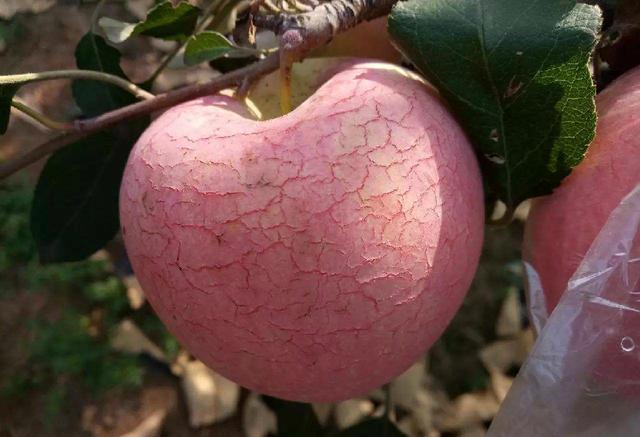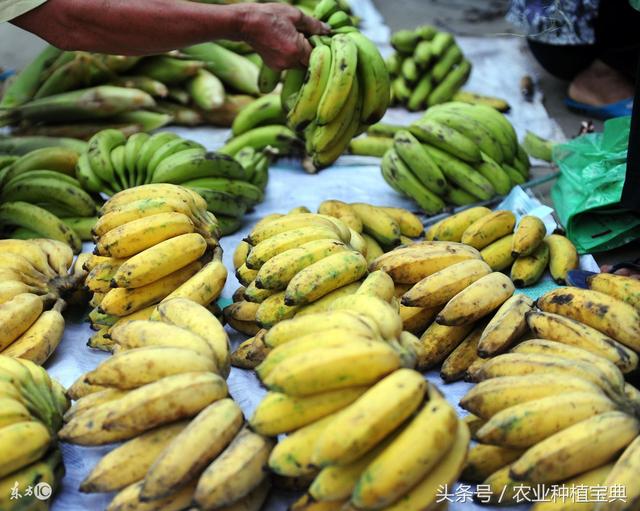The island countries have little arable land, but they are among the best in agriculture. Look at the top 10 bright spots of Japanese agriculture.
Japan belongs to an island country with poor soil, small area, few plains, very limited arable land, no congenital conditions for the development of agriculture, and a high population density, but Japan has also made the level of agriculture ahead of many countries. In many ways, China has also been learning from Japanese agriculture. In fact, the actual situation of Chinese agriculture is closer to that of Japan. Let's take a look at the top ten bright spots of Japanese agriculture.
Although the area of cultivated land in Japan is very small, the commodity rate is very high, as high as 95%, some of which reach 100%. Commodity rate is an important indicator of the transformation from self-sufficient production to commodity economy in agriculture. The average peasant household produces only 1 or 2 varieties in the whole year, with no more than three varieties at most, and almost all the products produced are commodities, and the commodity rate of agricultural products is extremely high. In other words, what is planted in the ground is full of commodities.

Tian Kuan Village in Japan is the ancestor of Japanese rice field painting. Inspired by the crop circle, in order to revitalize the local economy and develop tourism resources, the villagers of the village began to make rice field paintings in 1993. The number of visitors to Tian Kuan Village has exceeded 200,000 every year. The long-term art of rice fields attracts a large number of tourists; after rice harvest in autumn and winter, rice stalks are turned into works of art, which also realizes the value of rice fields. Japanese rice field painting activates the planting industry, and farmers' income not only comes from the sales of agricultural products, but also can develop creative agriculture to increase their income.
(3) the specialized production pattern of Japanese farmers in Japanese agricultural production is more obvious. Generally speaking, Japanese farmers are professional households. Those who grow strawberries grow strawberries, those who grow tomatoes grow tomatoes, and those who grow flowers grow flowers. In addition to their own commodities, the rest of the products are obtained from the market, on the one hand, the economies of scale, on the other hand, promote cooperation and exchanges among farmers, and prosper the agricultural product market.
Japanese rice exports from January to November 2016 reached 2.3 billion yen, surpassing the historical record of 2015. Japanese sake exports also rose 10% in 2016 to 15.5 billion yen ($137 million), the seventh consecutive year of record highs.
(5) the gene of Japanese industrialization is focused, and it is more perfect in agriculture. A region has its own industrial characteristics, and a peasant household has a leading product of a peasant household, which has complementary advantages and interdependence. Together, it has constructed the overall framework of Japan's agricultural economy.
6 Japan attaches great importance to land resources. in rural Japan, people can see that the newly ploughed land is all dark brown and the soil is fine and uniform, just like a sponge. In fact, chemical fertilizer and organic fertilizer are also used in Japan. But chemical fertilizer is a special compound fertilizer (agricultural land, commercial and residential land, industrial land). The formula of compound fertilizer varies with different crop varieties.
Japan is good at superimposing the quality, brand and marketing of agricultural products. In overseas markets, Japanese agricultural products represent high-end agricultural products.
8 more than half of Japanese farmers have chosen to use agricultural Internet of things technology, which has greatly improved the production efficiency and circulation efficiency of agricultural products, and played a promoting role in solving the problems such as the aging of the agricultural working population and the shortage of labor force. However, the agricultural Internet in Japan is not as developed as China, and Chinese farmers have directly entered the smartphone era, and the huge population base has given birth to the world's largest agricultural technology question and answer website, "Cloud farming". The questions raised by farmers can be answered by experts within two minutes, really helping farmers to produce.
9 Japanese agricultural and sideline products are of good quality. No matter it is the main road goods, or the new excellent varieties, they are all bright colors and uniform specifications, which are pleasing to the eye. All the agricultural products for sale in the market are carefully arranged and packaged, not in bulk, let alone with mud and dead leaves. The packing boxes of agricultural products are all printed with the product name, origin and producer name.
10 Japanese agriculture will enable producers and consumers to establish a "face-to-face mutual trust" relationship. Japanese agricultural operators often invite consumers to come to the base to experience planting and production, so that consumers really know how vegetables and rice are grown. Through continuous communication and interaction, so as to improve consumers' trust and loyalty to agricultural products.
In addition to the way Japanese agriculture is run, Japan's subsidy policy and land policy are also very important. In fact, the most important thing is the thinking and mind of every agricultural operator.
- Prev

The apple is so ugly, why is it robbed like crazy?
The apple is so ugly, why is it robbed like crazy?
- Next

The price of banana producing area in China is weak at the end of the year, and the overall loss of banana farmers in Guangxi has been decided.
The price of banana producing area in China is weak at the end of the year, and the overall loss of banana farmers in Guangxi has been decided.
Related
- A course of planting techniques and methods on how to grow carrots
- How to plant the latest tulips?
- Is it better to pick tea in the morning or in the afternoon? When is the best time for tea to be picked? what is the third or fifth tea?
- Launch Yuanxiao Happy combination Haocha + Tea Yuan healthy Taste
- Penghu Tourism "Fireworks 20 Parade with You"
- 2022 West Lake Happiness holds "Digital Revitalization Voucher" and draws iphone13 and laptop.
- Banqiao Fuzhou social houses are designed to change start-up combined with police elimination to create a safe and livable environment
- The convenient measure of "mechanical weeding" in Xinbei has been abused and the Agriculture Bureau has imposed heavy penalties on the illegal land consolidation.
- Changgeng University Joins Hands with Four Memory Factories to Rescue Memory Talent Shortage
- The list of Taiwan's top 100 MVP managers is listed by the Director-General of the Farmers' Association of Sanxia District.

